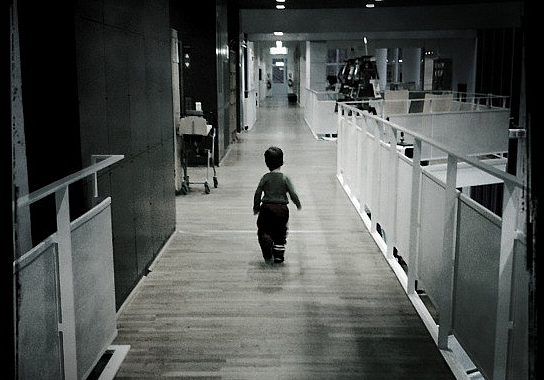Investigating addiction’s outsized role in America’s social struggles

(Photo: Camilla Nilsson via Creative Commons/Flickr)
More than two years ago, my colleagues and I at the Southern California News Group started hearing mind-blowing stories about young drug users being lured to California, signed up for PPO insurance plans, paid to enter addiction treatment in loosely regulated private rehabs, then given drugs so they could “test dirty” and start the lucrative insurance billing cycle over again. Our “Rehab Riviera” reports started the addiction treatment reform ball rolling in California, and we’re gratified that it’s gaining momentum under a new governor.
Now, everyone knows that as you report one story, you stumble upon a thousand others. Many of these young users were of childbearing age, raising questions. Statistics from the state showed that the number of babies born drug-exposed in California had skyrocketed, nearly tripling over the course of a decade. What, we wondered, happened to these children and their parents? We were very lucky to get a grant from the inaugural USC Annenberg Center for Health Journalism Impact Fund last year to pursue the answers to those questions, which resulted in the five-part “Born on Drugs” series. It turns out that an overwhelming majority of the kids in foster care have parents struggling with substance abuse issues — a trend the state of California is hesitant to document.
So, while we were reporting “Born on Drugs,” we came upon more statistics, showing that the overwhelming majority of kids who died or were injured due to abuse and neglect lived in families that were already on the radar of California’s child protection system. In a pendulum swing from the “crack-baby craze” of the 1980s — when officials quickly removed kids from their struggling parents and put them up for adoption — officials now strain to keep families together. Most of the time, they make the right call and kids are safe. But sometimes, they’re wrong.
A few horrific cases make headlines, but blame is often targeted at social workers who are painted as somehow neglecting their duty, rather than at a system that strives first for family preservation. Could it be that, more than any single or group of social workers failing to do their jobs, it’s the system’s default — protecting parental rights and keeping families intact— that may be at the root of these tragedies?
It’s a debate that rages among social workers, but one that’s virtually unheard of in the greater public discourse. We want to bring this discussion front and center. But how, exactly, can we do that in a systematic, rather than anecdotal, way?
The 2019 Data Fellowship is helping us gather thousands of pages of documents that will help us see the big picture. We’ve started building a simple database, which will allow us to query the data, spot trends, and surely raise an entirely new round of questions. While we’ll be looking at data for the entire state, we’ll be focusing on Los Angeles, Orange, Riverside and San Bernardino counties.
We envision a multi-story package to run across Digital First Media properties throughout California, including the Mercury News/Bay Area News Group papers, in addition to SoCal News Group papers, which include the LA Daily News and papers in Long Beach, Torrance, Riverside and more. We also hope to tap into the expertise of USC’s School of Social Work to hold community forums on the topic, allowing parents and social workers alike to help us understand what things look like from their sides of the table.
We’d love to hear from folks involved in the system. Please feel free to contact me at tsforza@scng.com.
And, if past is prelude, we’re sure to stumble upon the next story we’ll be compelled to chase very soon.

